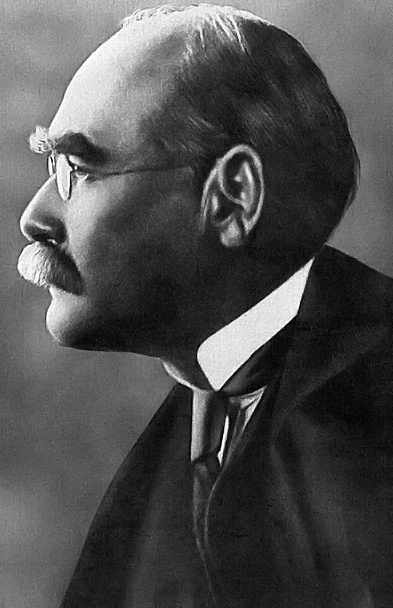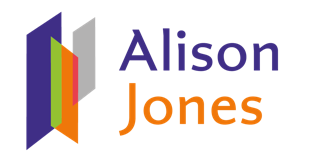 One of my favourite tools for business thinking isn’t one of the models I learned on my MBA course, it’s a poem from Rudyard Kipling:
One of my favourite tools for business thinking isn’t one of the models I learned on my MBA course, it’s a poem from Rudyard Kipling:
I keep six honest serving-men
(They taught me all I knew);
Their names are What and Why and When
And How and Where and Who.
And it all starts with WHY.
What’s the 20-year vision for your business? That’s probably further ahead than you’re used to thinking. Clients often laugh nervously when I ask them this question. But if you’re thinking of writing a book it’s a sensible question to ask yourself: after all, books can have a very long shelf life.
Why does it matter? Well, if you want to sell the business eventually, you’ll do things differently to someone who wants a lifestyle business that ends with them. If you want to establish a methodology and train other trainers to deliver your system, you’ve got to start establishing your intellectual property base and systematizing things. If you want to be working with very different clients to those you’re working with now, or in a different area, you need to be thinking about where and how that shift starts before you put pen to paper.
There’s something freeing about that time period too. If I start by asking you what your goals are for next year you’ll give me SMART targets based on taking what you’re currently doing one step further. They’ll be hedged around with constraints and tempered by realism. In 20 years though? Wide, wide open. You could do anything in 20 years, right?
And that’s the point: if you could do anything, WHAT WILL IT BE?
Once you’ve articulated that 20-year goal for your business, you can pull your time horizon in a little, still keeping that end in mind, and focus on where you want your business to be in 3-5 years’ time, whichever works best for you. Now you can be specific: think about how you’ll be spending your day, where you’ll be located, how many staff you’ll have, what products and services you’ll be offering, who your clients will be, what turnover and profit you’ll be making. Once you’ve sketched out exactly what you’re aiming for, take a long hard look at it. Does it make you feel excited and happy and a little scared and like rolling up your sleeves and getting to work? Then you’ve got a plan you can build your life as well as your business on.
Once you know where you’re going, you need to work out the route to take you there, because without the route you don’t have a strategy, only a vision. Here’s how Picasso put it:
Our goals can only be reached through a vehicle of a plan, in which we must fervently believe, and upon which we must vigorously act. There is no other route to success.
A vision is a great start, the best start, but you also need to know how you’ll achieve that: what specific strengths and opportunities will you leverage? How will you overcome your weaknesses and manage your threats? How will you differentiate yourself from your competitors? Which clients will you target and how will you reach them? What mix of products and services will be in your portfolio?
So now let’s get really real: what are your goals for this year? If you’ve already set goals, take a look at them in the light of the thinking you’ve just done – do they still stand or do they need some adjustment? If you haven’t yet set goals then this is the ideal time: you should have much more clarity now on where you’re going and what you want to achieve.
And finally, think about which strands of your business you need to focus on to get you there. You may need to drop some products or services that are no longer serving you, to give you time and headspace to build up the others.
How does your book fit in here, you might be asking? Well, you need to be thinking about the strategic purpose of your book as part of this piece. The WHY for writing your book needs to align with the WHY of your business if it’s going to be the powerful, effective tool we’re aiming for. Is the book a one-off or a series reflecting a whole stream of business activity? If you’re building up your training programme, how can you link the book to that, for example as a workbook or taster? Is the main purpose to get speaking engagements, in which case what is your best ‘hook’?
What’s your WHY?
